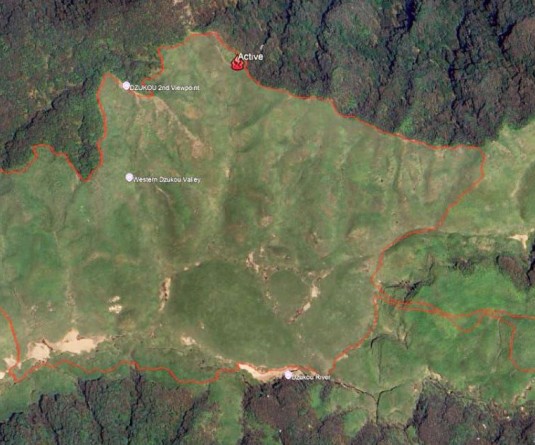
Our Correspondent
Kohima | July 29
The provisional population totals in Nagaland in 2011 was recorded as 19, 80, 602. Of this, the urban population is 5, 73, 741 and the rural population is 14, 06,861. In other words, the urban population for the state of Nagaland is 28.97% of the total population while 71.03% reside in the rural areas.
Even though for the first time in the history of Nagaland, the total population showed a negative growth, the percentage of growth of urban population is remarkably high at 67.38%, according to Census of India 2011, Provisional Population Totals, Paper 2, Volume II of 2011, Rural- Urban Distribution, Nagaland Series 14, which was released recently by state’s directorates of census operations.
The growth rate in urban areas has shown a continuously increasing trend, with the highest growth between 1951 and 1961 by 364.41%. From 1961 onwards, there has been a declining trend in the growth rate, yet the growth rate remained quite high.
The growth rate in urban population in the state between 2001 and 2011 is 67.38% which is much higher than the country’s urban growth rate of 31.8%.
It stated that the country’s urban population in terms of percentage is 31.16%, while the percentage of urban population in Nagaland is 28.97% to the total population in 2011. This shows that Nagaland is largely a rural state.
In 2011, Dimapur district has the highest number of urban residents with a total of 197277 persons. This is followed by Kohima with a total of 123149 persons. Next is Mokokchung with a total figure of 55654. All the other districts have an urban population of less than 40000 persons.
In 2011, Dimapur district has the highest percentage of urban population with 51.95%, followed by Kohima with 45.60%. Mon district has lowest percentage of urban population with 13.85%.
Percentage of urban population in other districts of the state included; Mokokchung- 28.81%, Zunheboto- 19.58%, Wokha- 21.05%, Phek- 15.07%, Tuensang- 18.72%, Longleng- 15.04%, Kiphire- 22.28% and Peren at 15.59%.





